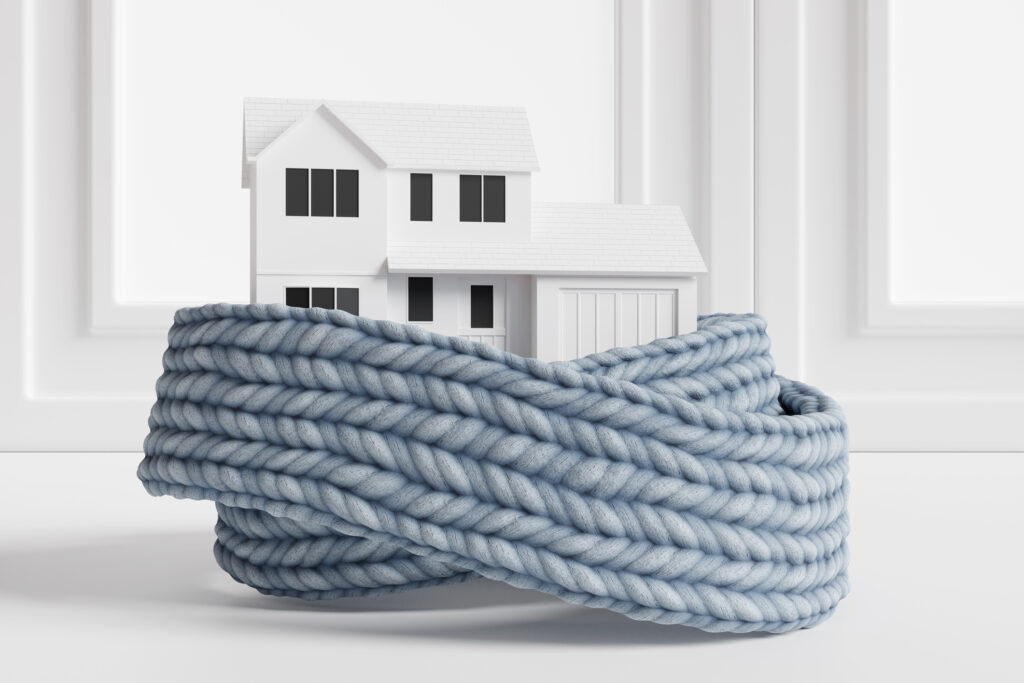
The Thames Water Crisis | How a Filter Can Help
11 July 2024
View PostPosted on 07 September 2022 3 min read
From windows to floors to ceilings, improve your home energy efficiency with our tips on how to reduce heat loss in a house.
Did you know that most heat escapes from your loft? Well, heat rises – that’s why insulating your attic is a good idea. One thing’s for sure, as winter approaches and the cold nights draw in, it’s essential to check heat loss at home – so you and your family are comfortable and your bills don’t get too high.
What is heat loss and why does it happen?
Heat loss is when heat escapes from inside your home – heat is usually released via the floor, the roof, walls or windows and it’s vital to check this so you stay snug in winter and for energy efficiency. If you are educated about where the heat loss is at home, you can find the best ways to reduce heat loss and keep the house warm. The main culprit for heat loss is when heat seeps through your loft, open windows or doors, that’s why getting quality insulation, underlay and carpets instead of bare flooring can help.
The average heat loss in the UK
A 2020 study by tado° found that UK homes were losing heat up to three times faster than their European counterparts. They set the temperature at 20 degrees inside when it was 0 degrees outside in the UK. What did they find? After five hours they found an average heat loss of three degrees, higher than other European countries including Norway, Sweden and Denmark.

Heat loss by area
So where do you lose the most heat at home? According to The Greenage, it is estimated that around 25% of the heat from the boiler will escape through the roof, 35% through gaps, windows, doors and walls and roughly 10% will escape through the floor. The rest could depend on how old your house is and how insulated it is, or whether it’s a detached or semi-detached property.
Heat loss solutions
There are various heat loss solutions available, which include:
As the cold season commences, it’s prudent to do some basic home checks and see how you can heatproof your home, keeping your home snug and warm.
Click to read more money-saving tips over on our blog!